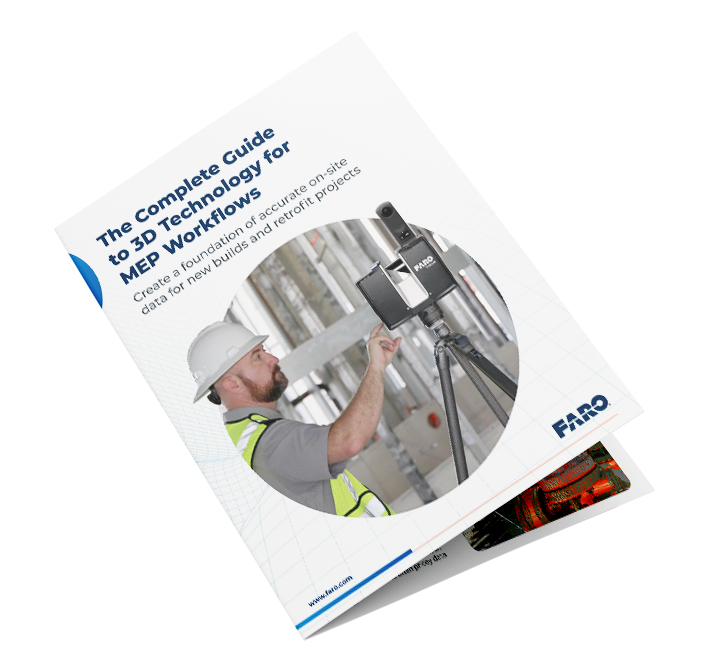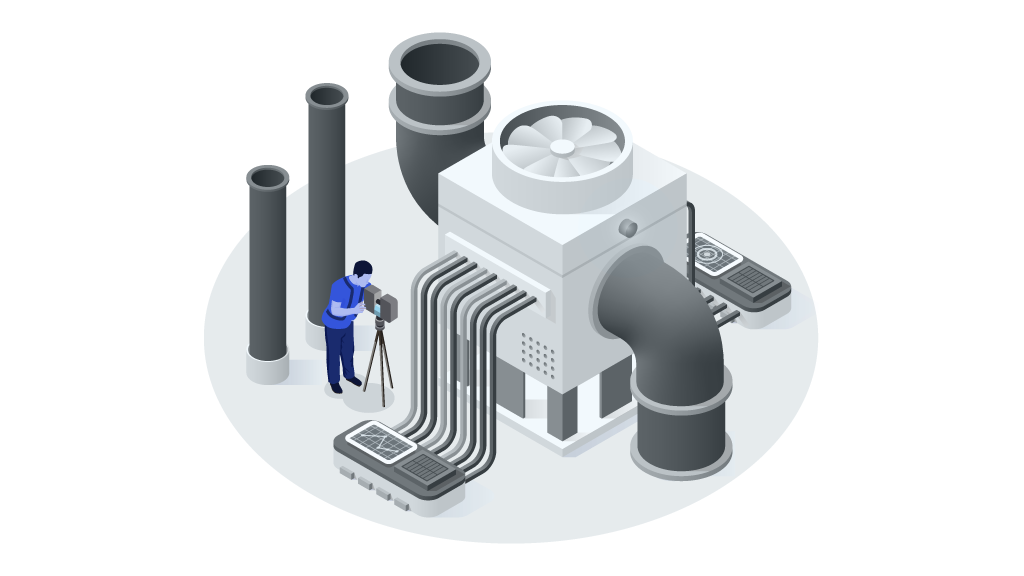Whether you’re working on new construction or retrofitting an existing building, the success and timeline of the entire project relies on documenting accurate and comprehensive data of the site. 3D reality capture is easy to use and ensures building designs are compatible with CAD and BIM systems. You can work with more confidence – and faster than ever before.
Download the guide to learn:
- How different 3D data capture tools and software can bring value to your business
- The specific value 3D technology delivers throughout every step of the MEP workflows, for new builds and retrofit projects alike
- What real-world MEP professionals have to say about using 3D solutions on site
CONSTRUCTION OF A NEW BUILDING
 Engineers draw and provide the diagrammatic design intent in the form of 2D drawings.
Engineers draw and provide the diagrammatic design intent in the form of 2D drawings.
Multi-trade MEP professionals then begin the coordination process in 3D.
With Traditional Methods
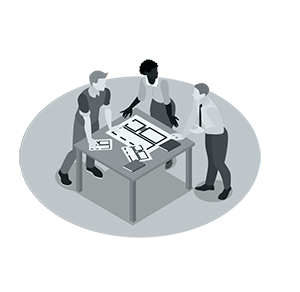
MEP specialty contractors receive and review the original design documentation, which is often unavailable or unreliable, since it is common for changes to be made and not communicated back to the original drawings.
When performed using a tape measure and total station, verification can be a very time-consuming and tedious process.
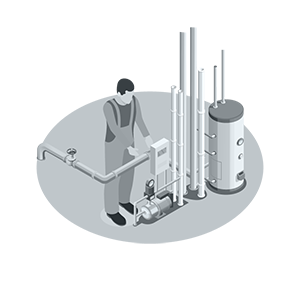
MEP contractors perform installation verification of major MEP trades with a total station and/or tape measures and adjust accordingly in the field.
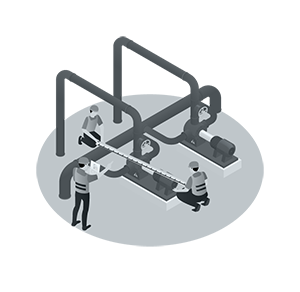
Using tape measure and total station measurements, the specialty MEP contractor creates 2D as-built drawings.
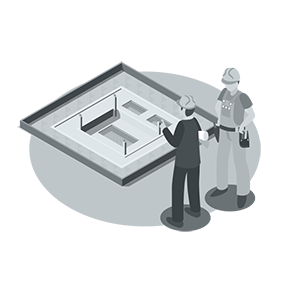
The prefabrication process begins on a small scale.
With FARO® 3D Technology

The MEP contractor verifies the structure in 3D against the coordinated drawings with a reality capture device such as a Focus Laser Scanner or a Freestyle Handheld Scanner.

MEP contractors use FARO BuildIT Construction Software to confirm installation accuracy of the other trades and ensure everything is placed according to the BIM-coordinated model.
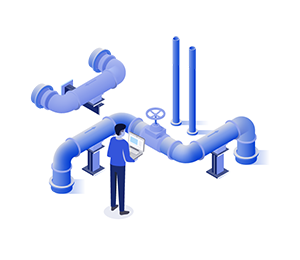
The MEP specialty contractor uses the As-Built Modeler to simplify point cloud data and streamline their existing workflows, creating 2D and 3D as-built drawings simultaneously.
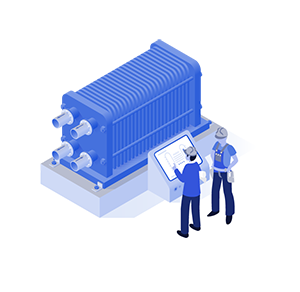
Contractors are able to take full advantage of the coordination, and prefabrication can be performed on a larger scale.
RETROFIT/REMODELING
 MEP specialty contractors receive and review
the original design documentation, which is often unavailable or unreliable, since it is common for changes to be made and not communicated back to the original drawings.
MEP specialty contractors receive and review
the original design documentation, which is often unavailable or unreliable, since it is common for changes to be made and not communicated back to the original drawings.
With Traditional Methods

MEP contractors verify the existing conditions, which is time consuming and prone to human error. They take manual notes of any deviations from the originally provided documentation.
Because this process typically takes weeks and requires multiple team members, it often disrupts business operations or has to be completed during off-hours.

The VDC/CAD team then begins coordination of the new systems with the existing systems as noted on the manually collected 2D data. With only 2D data, the possibility of accidental human error is much higher.

The team e-mails or uses Dropbox or other data storage platforms to share 2D documentation with stakeholders.

MEP coordination is performed in 2D, referencing manual drawing notes and measurements.
With FARO® 3D Technology
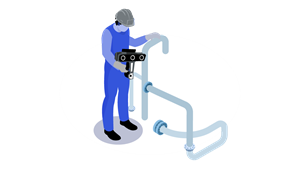
MEP contractors capture precise pre-existing conditions of complex MEP systems and other structural components within minutes with a Focus Laser Scanner or Freestyle Handheld Scanner, creating a complete view of the existing conditions.

The VDC/CAD team can easily visualize the captured conditions and utilizes the As-Built Modeler Software to assist in modeling the current environment in either AutoCAD® or Revit® in 3D, reducing the risk of human error.
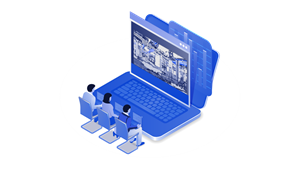
The VDC team uses FARO WebShare to share the resulting 3D environment with all stakeholders and the model is viewable via a web browser.
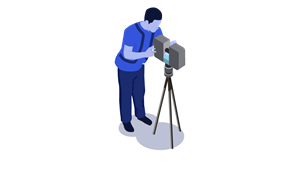
MEP coordination can be done completely in 3D using traditional workflows utilizing the accurate conditions captured on site.
